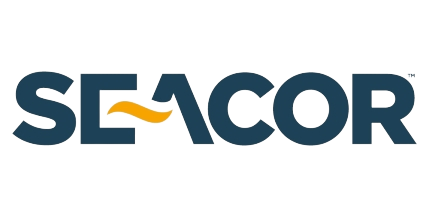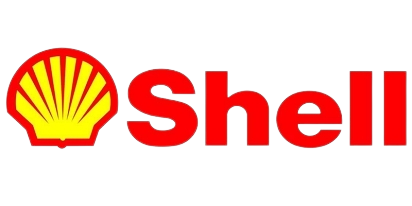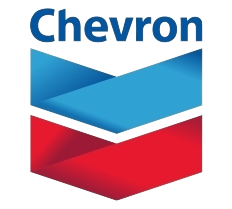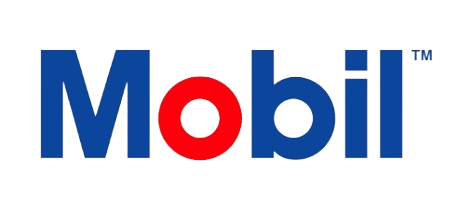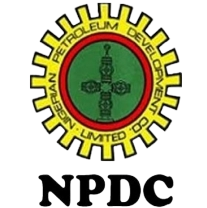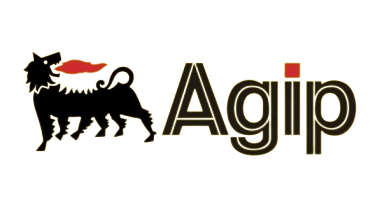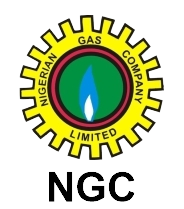The strategy adopted for our clean up depends on the scope of work as provided by the client in line with DPR EGASPIN standard and the environment of the spill. The steps below summarize the activities involved in our clean up;
- Site Preparation
- Containment and Recovery of free phase oil from the environment.
- Clearing and removal of oily debris within the impacted area.
- Scraping and removal of heavily polluted soil.
- Storage of recovered oil/waste and transportation to a waste management facility

